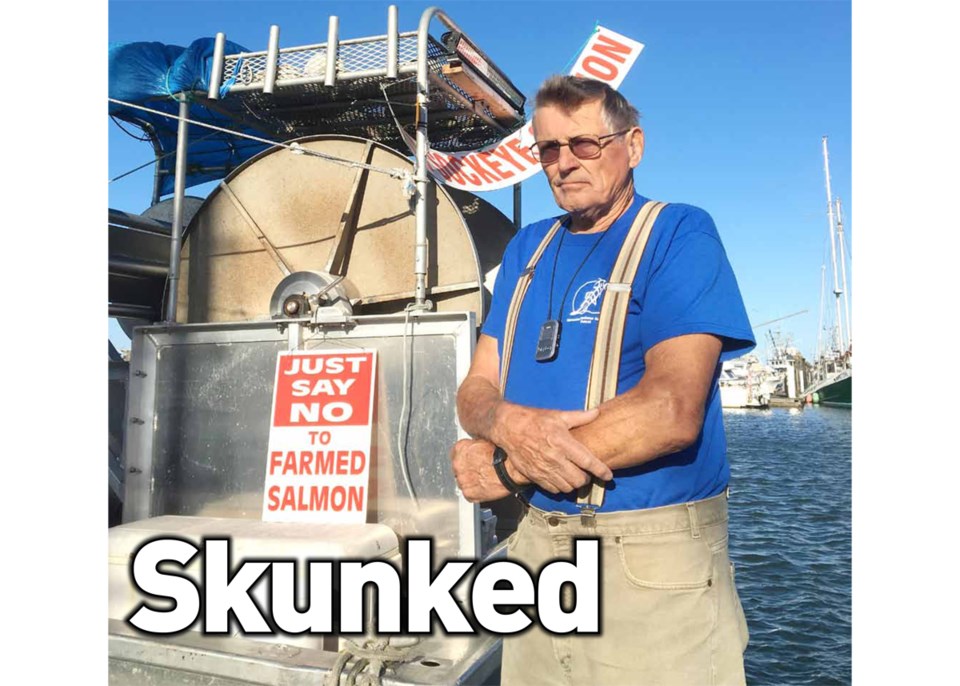For a second year in a row, all commercial fishing of the Fraser River’s sockeye salmon has been closed by the Fraser River Panel, the regulatory body that assesses annual salmon runs.
Only 1.7 million sockeye are expected to return to the Fraser this year, which is just over a third of the 4.4 million that were expected at the start of the year.
This year’s estimate follows last year’s historic, 120-year-low run of only 853,000 sockeye and is lower than the 1.9 million fish in 2009 that prompted the Cohen Commission to investigate declining salmon stocks in the Pacific.
The closure should put a premium price on salmon for consumers, according to local fisherman Gus Jacobson.
“Because there’s so few fish, the costs will go sky high,” said Jacobson, a gillnetter for the past 56 years.
“The fishermen get a cut then the public gets hosed on top. There’s demand and no supply.
“My son (a fisherman) has 400 customers but he can’t produce because there’s no fish. People are crying for fish.”
A sockeye may cost upwards of $30 now. Some are available from small fishery openings on Vancouver Island and as far north as Alaska.
By comparison Richmondites could buy $5-10 fish in 2014 when 19 million fish came back to the river during the peak of the species’ four-year life cycle.
The panel reported lower than average water discharge in the river (23 per cent less) and higher than normal temperatures (0.9 degrees Celsius above the 20 degrees average) in the Fraser River.
Both factors are not good indicators for salmon survival upstream.
To date, First Nations have only been allowed to catch about 11,100 sockeye for food, social and ceremonial purposes.
Meanwhile, test fisheries show pink salmon are returning to Johnstone Strait at half the rate.
The panel hasn’t updated its in-season forecast, but the pre-season prediction was about 8.7 million fish.



